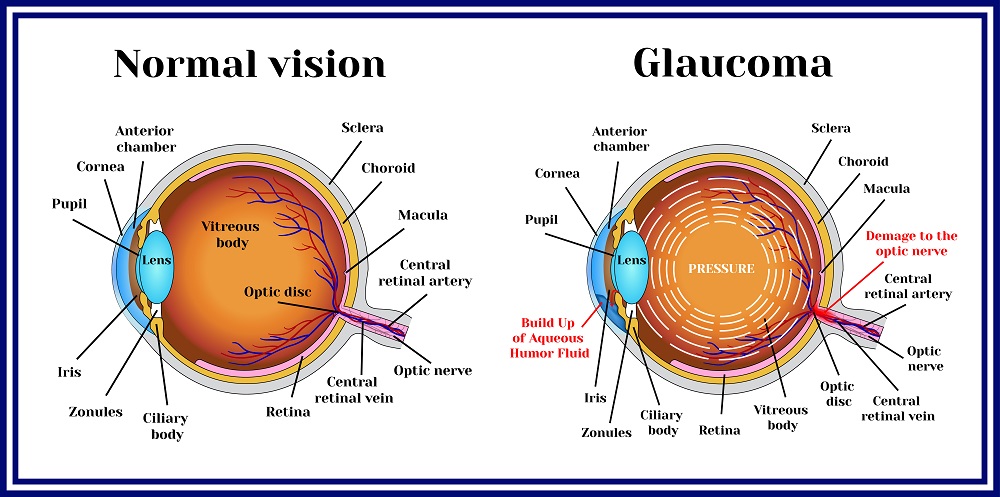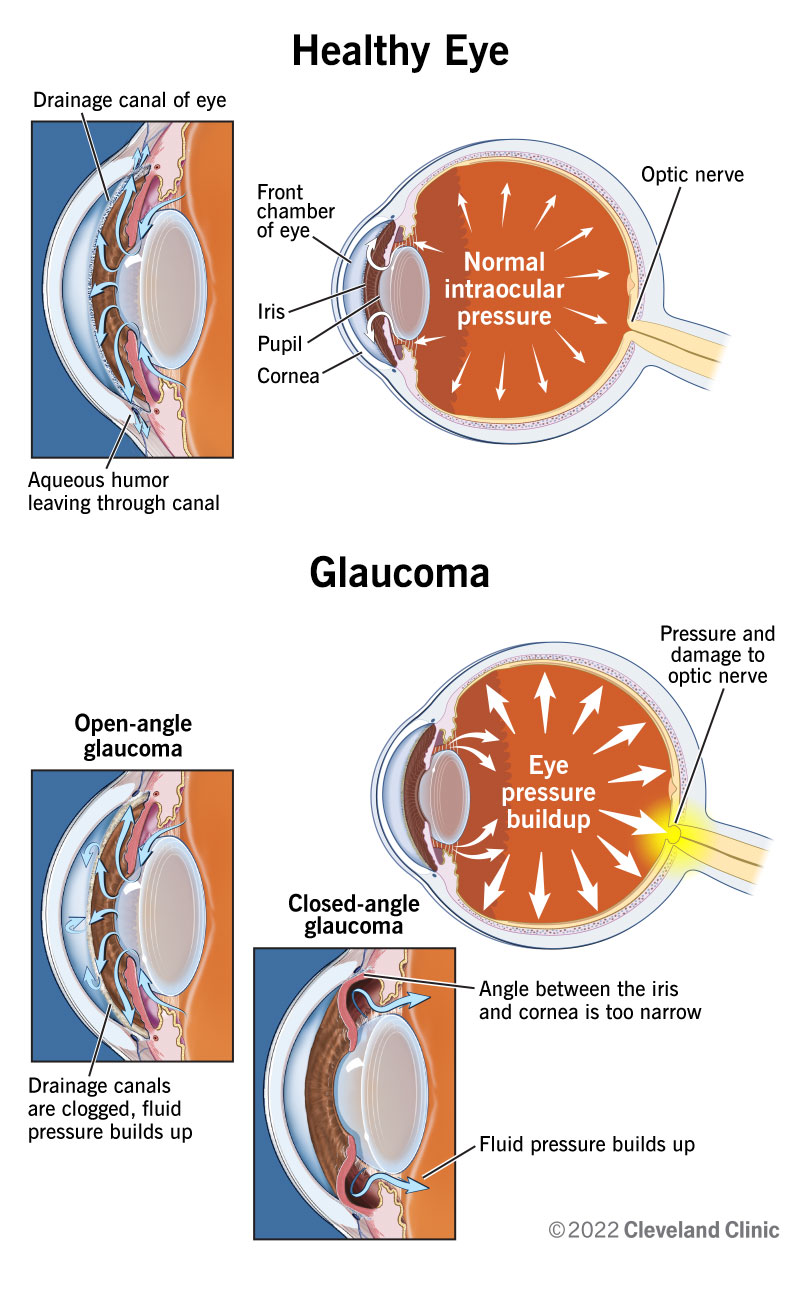Regional Glaucoma Service Near Me: Very Early Discovery and Therapy Options
Regional Glaucoma Service Near Me: Very Early Discovery and Therapy Options
Blog Article
Recognizing the Different Vision Modification Procedures Available for Clearer Sight
In the realm of vision improvement procedures, a multitude of alternatives exist to deal with refractive mistakes and supply individuals with more clear view. From the commonly acknowledged LASIK surgery to less intrusive treatments like PRK and implantable lenses, the field of ophthalmology provides an array of techniques customized to suit various needs and preferences. Each procedure includes its very own collection of considerations, benefits, and possible dangers. Understanding the nuances of these vision modification approaches is important for making notified decisions about one's visual health and wellness. Let's check out the details of these treatments and clarified the path to attaining enhanced vision clarity.
LASIK Surgical Procedure
LASIK surgical treatment is a common refractive treatment used to deal with vision troubles such as farsightedness, astigmatism, and nearsightedness - retina service near me. This medical technique, which means Laser-Assisted sitting Keratomileusis, aims to improve the cornea to boost exactly how light is concentrated on the retina, ultimately improving vision clearness. During the procedure, a thin flap is produced on the cornea, and a laser is made use of to get rid of specific amounts of tissue to improve it suitably. This reshaping permits for light to be precisely concentrated onto the retina, dealing with refractive mistakes.
One of the primary benefits of LASIK surgery is the quick improvement in vision experienced by patients. Several individuals see a considerable enhancement in their eyesight quickly after the treatment. Additionally, the majority of individuals report very little discomfort and pain throughout the surgical treatment and healing period. The healing time for LASIK is reasonably quick, with many individuals returning to their day-to-day activities within a day or two post-operation. On the whole, LASIK surgical procedure is a prominent choice for individuals seeking a long-lasting option for their vision troubles.
PRK Procedure
While additionally a typical refractive procedure, the PRK (Photorefractive Keratectomy) technique differs from LASIK surgical procedure in its method to dealing with vision problems. In PRK, as opposed to creating a flap on the cornea, the outer layer of the cornea, called the epithelium, is totally removed. This enables the laser to improve the cornea to deal with refractive errors such as astigmatism, farsightedness, and nearsightedness straight on the surface.

Regardless of the longer recuperation time, PRK can yield exceptional cause vision improvement, making it a valuable alternative for those that may not appropriate candidates for LASIK surgical treatment.
Implantable Lenses
Unlike PRK where the cornea is reshaped straight, implantable lenses provide another approach for fixing vision by inserting fabricated lenses inside the eye. This procedure is particularly advantageous for people with high degrees of astigmatism, farsightedness, or nearsightedness who might not be appropriate candidates for laser surgeries like LASIK or PRK.
Implantable lenses, additionally called phakic intraocular lenses, job by supplementing the eye's natural lens with a man-made one. eyecare near me. These lenses can be placed in front of the all-natural lens (former chamber) or behind the iris this post and in front of the all-natural lens (posterior chamber) By readjusting the power and positioning of these lenses, ophthalmologists can successfully correct refractive errors and boost visual acuity
One benefit of implantable lenses is that they are removable and exchangeable, giving flexibility for future modifications. As with any type of medical procedure, there are threats involved, such as infection or cataract formation. Individuals considering implantable lenses ought to seek advice from an eye treatment expert to establish one of the most suitable option based on their individual needs and eye health.
Corneal Rings
Corneal rings, likewise understood as intracorneal ring sections, are little, clear tools put right into the cornea to deal with vision distortions such as keratoconus. Keratoconus is a condition where the cornea thins and bulges external, triggering vision to end up being altered. The insertion of corneal rings aids to squash the cornea, boosting aesthetic skill and lowering the uneven astigmatism triggered by keratoconus.
The procedure for inserting corneal rings is relatively fast and minimally intrusive, typically carried out as an outpatient procedure. Throughout the surgery, the eye doctor makes a tiny cut in the cornea and inserts the rings at a certain depth. Once in place, the rings aid to reshape the cornea, supplying a smoother surface area for light to go into the eye, which can result in clearer vision.
Corneal rings are considered a relatively easy to fix procedure, as they can be removed or changed if required. glaucoma service near me. While they might not totally eliminate the demand for glasses or get in touch with lenses, corneal rings can substantially enhance vision top quality and general visual convenience for individuals with keratoconus or various other corneal irregularities
Refractive Lens Exchange
Complying with the adjustment of corneal abnormalities with procedures like corneal rings, another vision improvement technique that can resolve refractive mistakes is Refractive Lens Exchange (RLE) RLE is an operation that involves replacing the eye's all-natural lens with a synthetic intraocular lens (IOL) to correct refractive mistakes such as farsightedness, presbyopia, and nearsightedness. This procedure is particularly valuable for people who may not be ideal prospects for procedures like LASIK or PRK because of variables such as slim corneas or high refractive errors.

Conclusion
In final thought, there are numerous vision adjustment procedures find out offered to help individuals attain clearer view. LASIK surgical procedure, PRK treatment, implantable lenses, corneal rings, and refractive lens exchange are all choices that can address various vision issues.
In the realm of vision adjustment procedures, a multitude of options exist to address refractive mistakes and give individuals with more clear sight.LASIK surgery is a typical refractive procedure used to correct vision problems such as farsightedness, astigmatism, and nearsightedness.While likewise a typical refractive procedure, the PRK (Photorefractive Keratectomy) strategy varies from LASIK surgical treatment in its technique to remedying vision issues.Following the correction of corneal abnormalities with treatments like corneal rings, an additional vision improvement technique that can deal with refractive errors is Refractive Lens Exchange (RLE) LASIK surgical treatment, PRK procedure, additional reading implantable lenses, corneal rings, and refractive lens exchange are all choices that can attend to various vision problems.
Report this page